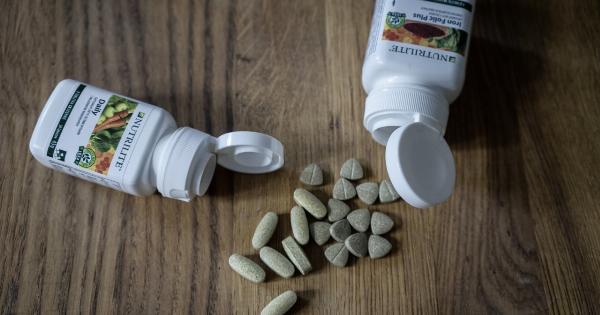Smoking is a prevalent habit that affects millions of people worldwide. It is well-known for its association with a myriad of health complications, including lung cancer, heart disease, and chronic respiratory conditions.
However, one particularly alarming consequence of smoking that often goes overlooked is its link to hemorrhagic stroke.
The Basics of Hemorrhagic Stroke
A hemorrhagic stroke occurs when a blood vessel in the brain ruptures, leading to bleeding within or around the brain.
Unlike ischemic stroke, which is caused by a blood clot in the brain, hemorrhagic stroke is primarily the result of weakened blood vessel walls.
There are two main types of hemorrhagic stroke: intracerebral hemorrhage and subarachnoid hemorrhage. Intracerebral hemorrhage occurs when a blood vessel within the brain bursts and spills blood into the brain tissue.
Subarachnoid hemorrhage, on the other hand, involves bleeding into the space surrounding the brain.
The Connection Between Smoking and Hemorrhagic Stroke
Research has unequivocally shown that smoking significantly increases the risk of hemorrhagic stroke. This association is primarily attributed to the harmful effects of tobacco on blood vessels.
Smoking damages the delicate lining of blood vessels, causing them to become narrower, less elastic, and more prone to rupture.
The toxic chemicals present in tobacco smoke, such as nicotine and carbon monoxide, directly contribute to the development of atherosclerosis. Atherosclerosis refers to the buildup of plaque on the inner walls of arteries, which can ultimately lead to vessel rupture.
Additionally, smoking raises blood pressure levels, further increasing the risk of a hemorrhagic stroke. Nicotine stimulates the release of adrenaline, a hormone that constricts blood vessels and raises blood pressure.
Over time, this constant elevation in blood pressure can weaken vessel walls, making them more susceptible to rupture.
The Dangers of Smoking and Hypertension
Hypertension, or high blood pressure, is a common condition that often goes hand in hand with smoking.
When combined, smoking and hypertension pose a particularly dangerous threat to brain health and increase the risk of a hemorrhagic stroke exponentially.
Smoking Cessation: A Life-Saving Decision
The most effective way to reduce the risk of hemorrhagic stroke associated with smoking is to quit the habit altogether.
While the damage done to blood vessels by smoking is irreversible, quitting smoking can halt further progression and significantly improve overall health.
Quitting smoking can lead to an immediate decrease in blood pressure and heart rate. Within just a few hours of quitting, the carbon monoxide levels in the bloodstream drop to normal, increasing the oxygen-carrying capacity of red blood cells.
Within weeks or months, lung function improves, circulation becomes more efficient, and the risk of stroke gradually decreases.
Various smoking cessation aids and support systems are available to individuals who wish to quit smoking. Nicotine replacement therapies (NRTs), such as patches, gums, and inhalers, can ease withdrawal symptoms and cravings.
Behavioral therapies, support groups, and counseling have also been shown to increase the likelihood of successful cessation.
Prevention and Risk Reduction Strategies
Aside from quitting smoking, there are several other strategies that can help reduce the risk of hemorrhagic stroke:.
1. Adopting a Heart-Healthy Diet:
Eating a balanced diet rich in fruits, vegetables, whole grains, lean proteins, and healthy fats can help maintain optimal blood pressure levels and reduce the risk of stroke.
2. Regular Physical Activity:
Engaging in regular exercise, such as brisk walking, jogging, swimming, or cycling, can help control blood pressure, improve cardiovascular health, and contribute to overall well-being.
3. Managing Hypertension:
For individuals with hypertension, it is crucial to manage and control their blood pressure levels through lifestyle modifications, medication adherence, and regular medical check-ups.
4. Limiting Alcohol Consumption:
Excessive alcohol consumption can raise blood pressure and increase the risk of stroke. Therefore, it is advisable to consume alcohol in moderation or avoid it altogether.
5. Seeking Medical Attention:
If any concerning symptoms or risk factors are present, such as family history of stroke or hypertension, it is imperative to consult a healthcare professional for appropriate evaluation and management.
Conclusion
Smoking is a well-established risk factor for many serious health conditions, including hemorrhagic stroke.
The toxins in tobacco smoke damage blood vessels, making them more susceptible to rupture, while also raising blood pressure to further increase the risk. Quitting smoking is the most effective way to reduce the risk of hemorrhagic stroke and improve overall health.
By adopting a heart-healthy lifestyle and managing other risk factors such as hypertension, individuals can further protect themselves against this dangerous combination.





























